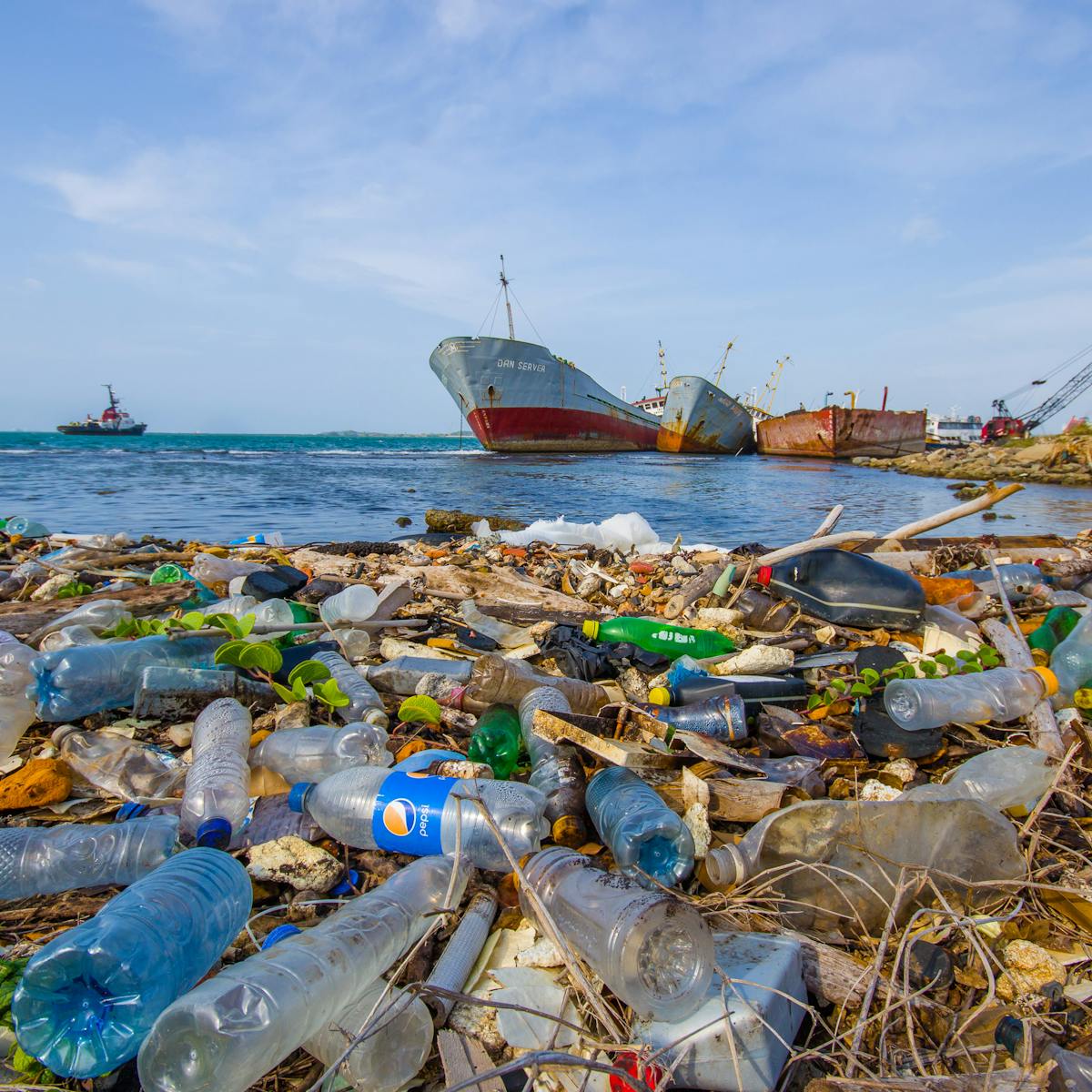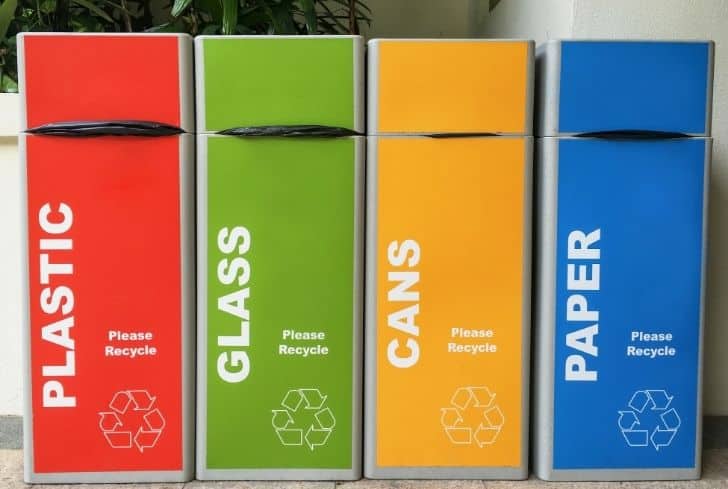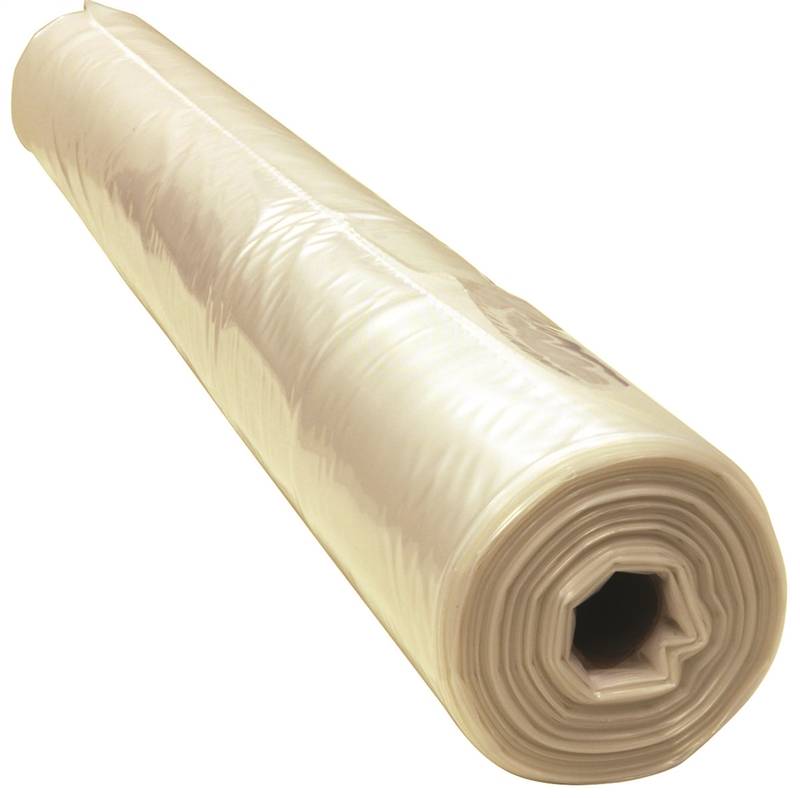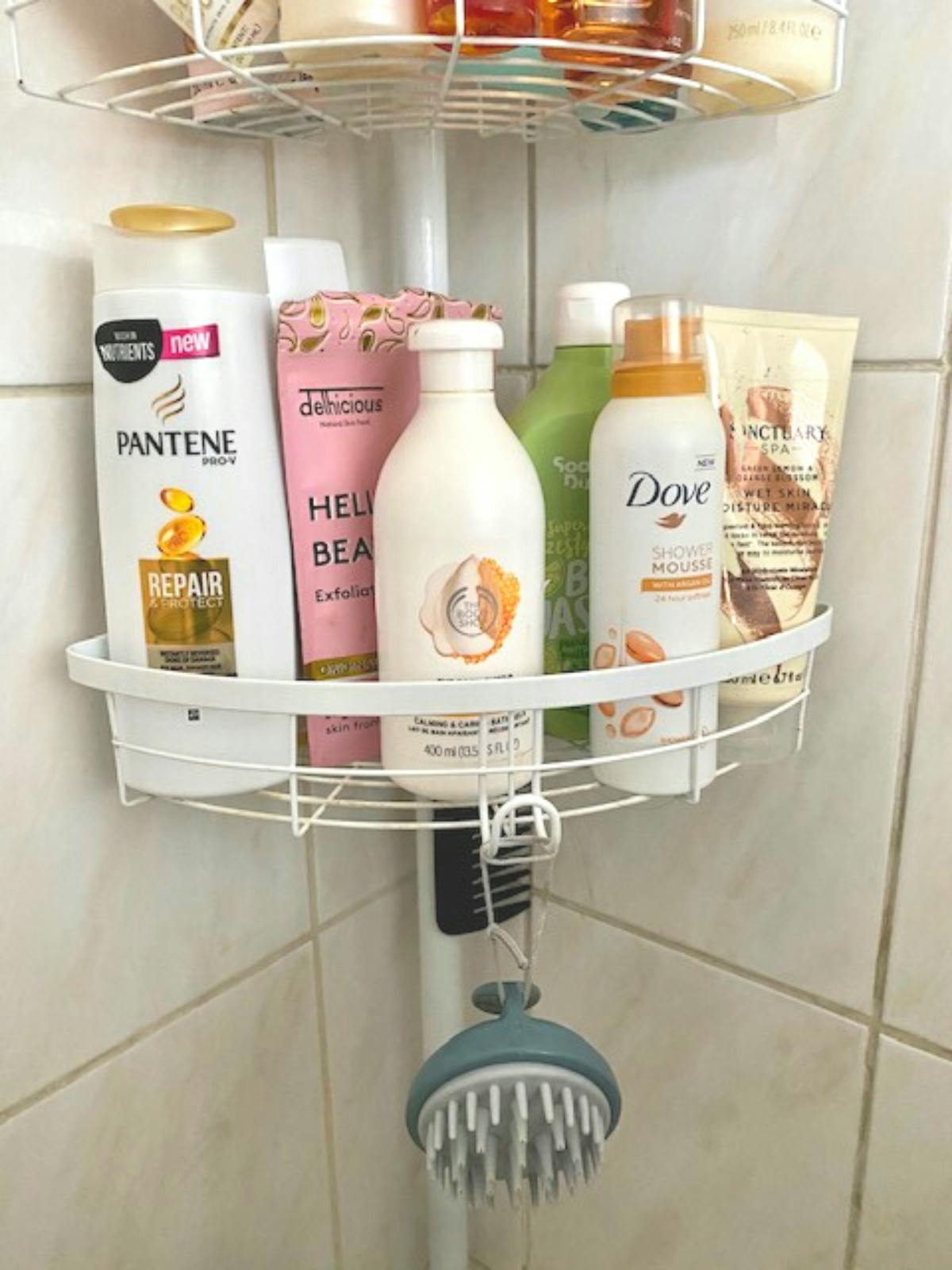Growing up I always used plastic but never kept track of how much I used nor did I know how bad plastic can really be. For 24 hours, I have kept track of what I have touched that are made out of plastic materials. Even the disposable items I have used. Some of these items include:
- plastic water bottles
- Ziploc bags
- disposable coffee cups (k cups)

- body wash(container)
- garbage bags
- mechanical pencils
- drink cans
- dish cleanser
- toothpaste
- toothbrush
- hair comb
- mouse(computer)
- keypad(computer)
- gel pens
- calculator
- plastic plant
- eyeliner packaging
- plastic bowls
- plastic utensils
- plastic cups
- some of my clothes
- many food wrappers
(Disposable items I collected from one day in the picture)
Because I have had a pretty repetitive day since I have come up with a routine for myself, I use the same amount of plastic from day today. This includes most of the disposable plastic I have listed. I learned that disposable plastic I use can vary from time to time because I don’t go out every day but when I do I notice I use a lot of plastic. I also noticed that I dispose of a lot more plastic than I do with plastic that isn’t usually disposable. I also learned that many of the things I touched, I didn’t realize that they were made out of some type of plastic. It definitely shows that more and more things are made with plastic and most people don’t realize it. Even me.
Compared to my total plastic footprint using disposable plastic can differ. With disposable plastic, I am only using it once and then getting rid of it. With usual plastic items, especially the ones I have never realized were plastic, I continue to use them over and over in everyday use. Most people would usually get rid of disposable plastic and not reuse them. Unfortunately, I have done that many times.
While living through this experience, I’ve also noticed that when moving around on the outside of my dorm I touched more plastic items than I did on the inside of my dorm. I feel like it also depends on the day. The first day I kept track of the plastic, I didn’t touch that much because I was in my dorm all day, but when I walked around outside and even went to my classes I touched a lot more plastic. Obviously, I touch and use a lot of plastic as most people do, but I feel like depending on the day and what I do each day, also has an effect on how much plastic I use or touch.
I definitely want to try and reduce the amount of plastic intake I use. I also want to know more about where I can put the plastic after I use it. I have noticed that around campus there are a lot of trash cans that are labeled, trash, compost, and recycling. I have been using that to my advantage and making an effort to take care of the plastic that I use. I have also learned that there are many ways that can help decrease your plastic footprint. You can carry your own reusable cloth shopping bags, c ompost food waste to reduce your use of plastic garbage bags, recycle, look for clothing made from natural fibers and shoes that don’t contain plastic, and educate other people to maybe try and do the same. (Priesnitz) .
ompost food waste to reduce your use of plastic garbage bags, recycle, look for clothing made from natural fibers and shoes that don’t contain plastic, and educate other people to maybe try and do the same. (Priesnitz) .
When reading Beth Terry’s book as well she says in her book that “Guilt is not encouraged.” I definitely agree with her because having too much guilt in your life, especially with using plastic, can have a bad effect on your life. Instead, try doing things from here on out to try and change things for the better.
Citations:
Priesnitz, Wendy. “Twenty-five ways to reduce your plastic footprint.” Natural Life, Jan.-Feb. 2013, pp. 22+. Gale In Context: Science, link.gale.com/apps/doc/A368471916/SCIC?u=cofc_main&sid=bookmark-SCIC&xid=f74d39b0. Accessed 17 Sept. 2021.




















